Do you believe in curses? In Japan, since around the Heian period, it was believed that vengeful spirits caused epidemics and natural disasters. To appease these spirits, the practice of “Goryō worship” was performed. In this belief system, vengeful spirits were deified and worshipped with great reverence, being honored as guardian deities. In this article, we will delve into the origins of Goryō worship, introduce representative vengeful deities, and explore the details of Goryō worship that have spread throughout Japan.
Goryō Worship
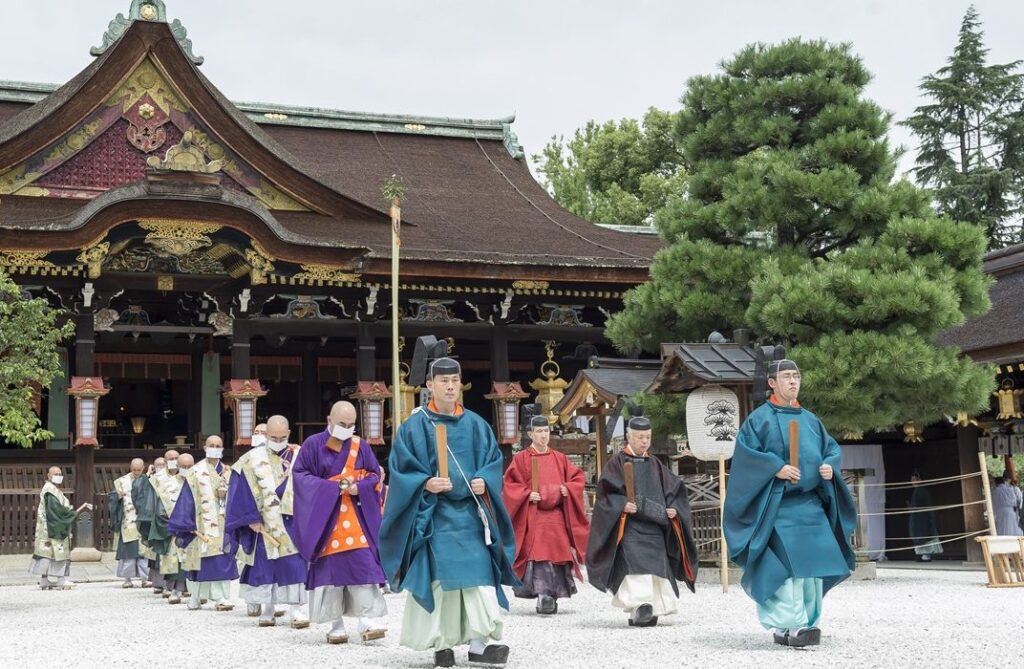
Goryō worship is the belief in deifying and venerating the spirits of those who died untimely deaths to pacify their vengeful spirits and avoid disasters. During the Heian period, it was believed that vengeful spirits brought calamities to people, leading to the spread of Goryō worship as a countermeasure. For example, the Gion Festival held in Kyoto is actually an example of this practice, where the festival is meant to appease and console vengeful spirits. The main deity of the festival, Susanoo, is considered a deity of pestilence but acts as a guardian deity for those who worship him with great reverence. Vengeful spirits enshrined as Goryō were regarded as guardian deities who protected the community.
The Origin of the Goryō-e Ceremony: The Six Goryō
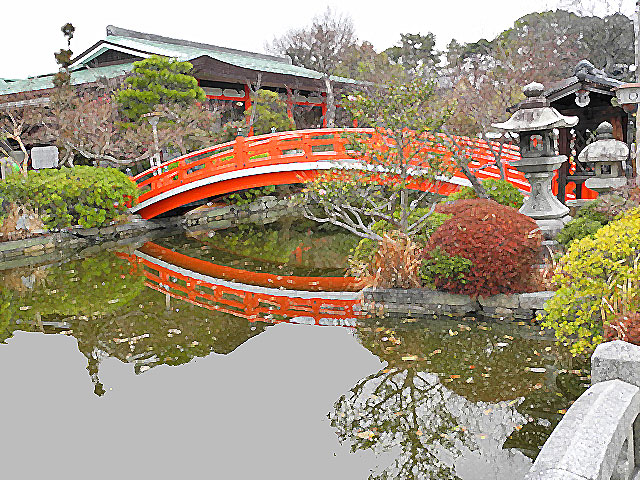
The first Goryō-e ceremony was held on May 20, 863 (Jōgan 5) at the Shinsen-en garden. This ceremony was a court ritual conducted to pacify vengeful spirits and was subsequently held regularly. As a court event, the Goryō-e played a central role in the belief system of Goryō worship.
Initially, the spirits enshrined at the Goryō-e were six spirits known as the “Six Goryō”:
- Emperor Sudō (Prince Sawara)
- Prince Iyo
- Lady Fujiwara (Fujiwara Yoshiko)
- Minister Tachibana (Tachibana no Hayanari)
- Minister Fumuro (Funya no Miyatamaro)
- Inspector General (either Fujiwara no Nakanari or Fujiwara no Hirotsugu)
Transition to the Eight Goryō
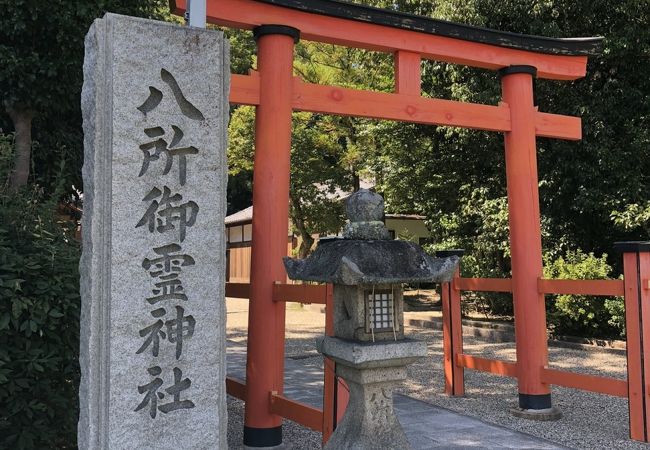
Subsequently, the composition of the Six Goryō changed, with Empress Inoue (Princess Inoue) and Prince Osabe being newly included. Additionally, the following two spirits were added, forming the “Eight Goryō”:
- Kibitsuhiko (Minister Kibi): At Kamigoryō Shrine, he is enshrined as Kibi no Makibi, but there are theories that attribute this to Princess Kibi or a demon spirit (spirit presiding over disasters).
- The Fire Thunder God: Often identified as Sugawara no Michizane, but there are also theories that he is a deity presiding over fire and thunder.
The Gion Festival and the Spread of Goryō Worship
The Gion Goryō-e (Gion Festival) at Yasaka Shrine (Kanjin-in) became known as the Gion Festival, and the pacification of Sugawara no Michizane, who was feared as the Fire Thunder God, spread nationwide as Tenjin worship.
Famous Vengeful Spirits and Their History
Prince Sawara
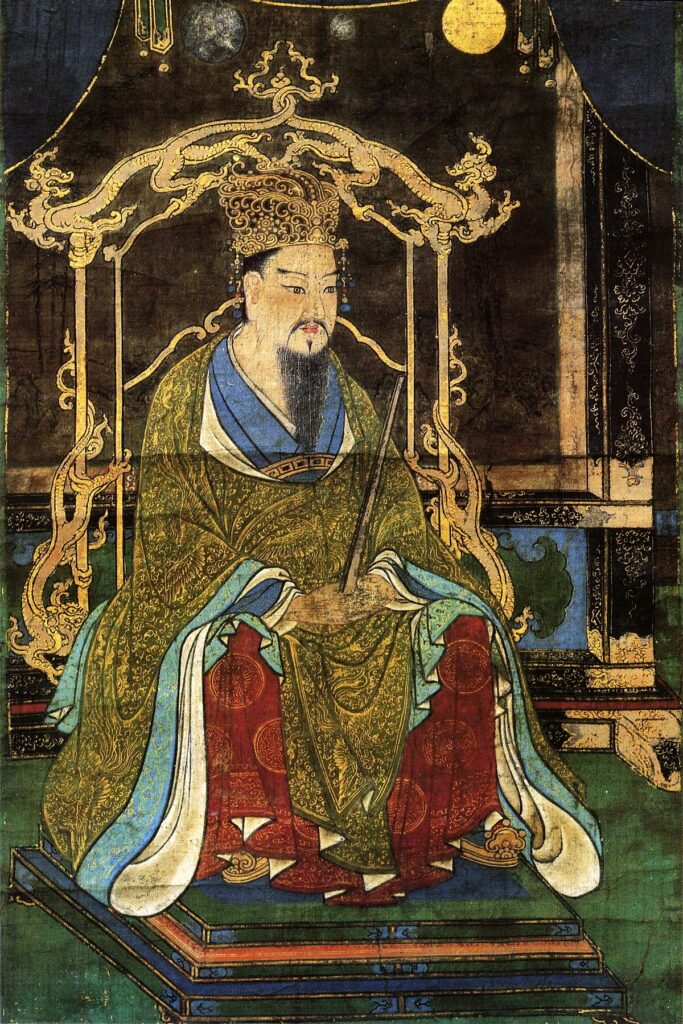
Prince Sawara, the brother of Emperor Kanmu, was considered the heir to the throne but was disinherited under suspicion of assassination. He protested his innocence and died of starvation while being exiled to Awaji. Afterward, misfortunes continued around Emperor Kanmu, who feared these were the result of Prince Sawara’s curse. As a result, various pacification rituals were performed. Eventually, Prince Sawara was posthumously given the title of “Emperor Sudō” and was enshrined at Goryō Shrine.
Sugawara no Michizane
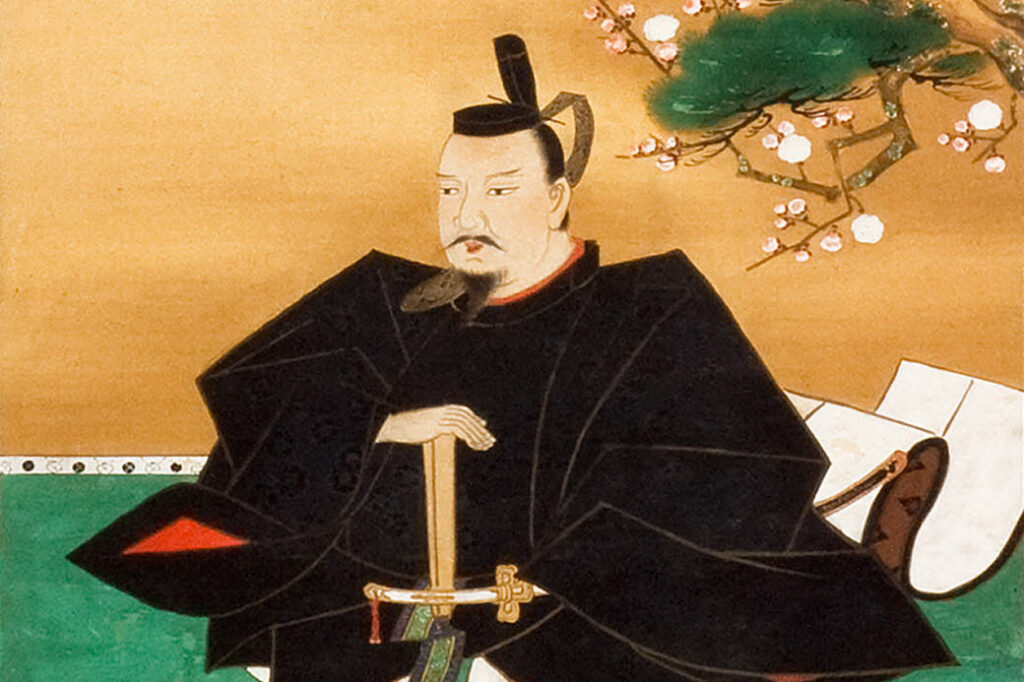
Sugawara no Michizane was a politician during the Heian period. After being demoted and sent to Dazaifu, it was believed that his vengeful spirit caused epidemics and natural disasters. To appease him, Kitano Tenmangū in Kyoto was established, and Michizane became revered as a deity of scholarship. Kitano Tenmangū still attracts many visitors who worship him as a god of learning.
Taira no Masakado
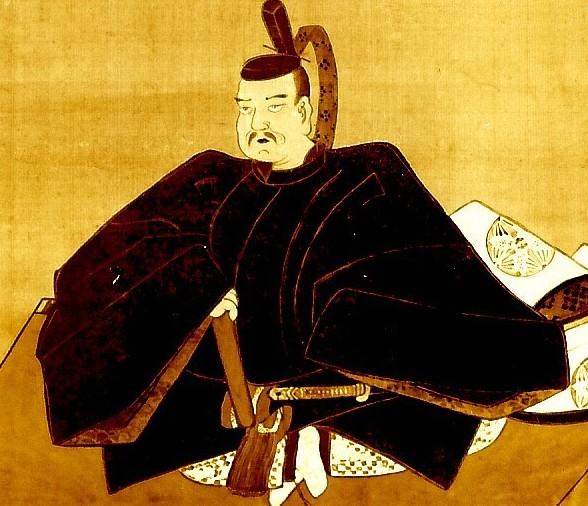
Taira no Masakado was a samurai who led a rebellion in the Kanto region during the mid-Heian period. After his death, his grave, Masakado’s Kubizuka, was established in Tokyo, where he was feared as a vengeful spirit. Masakado is also worshipped as a guardian deity of Tokyo, and this belief continues to this day. Many legends related to his grave still exist.
Summary
What do you think? Throughout Japanese history, vengeful deities and Goryō worship have held deep significance, greatly impacting society and culture. By pacifying vengeful spirits and enshrining them as guardian deities, people have sought to avoid disasters and live peaceful lives. This belief continues today, with traces of it found in shrines across Japan. Understanding the history of vengeful deities and Goryō worship helps in appreciating the depth of Japanese culture and beliefs.
This site introduces various interesting aspects of Japanese history and culture beyond vengeful deities. If you are interested, please read our other articles as well!



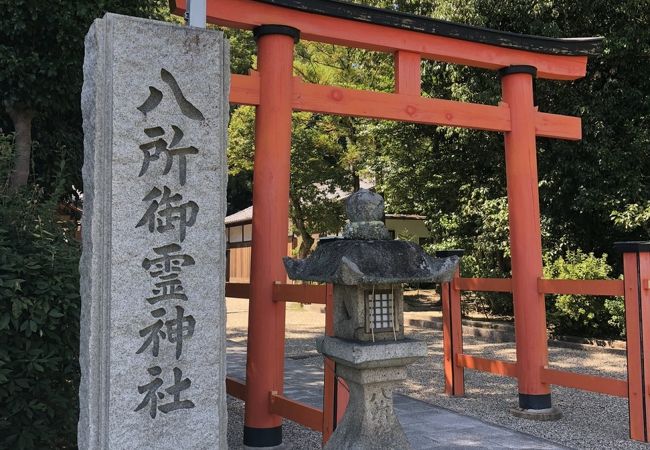
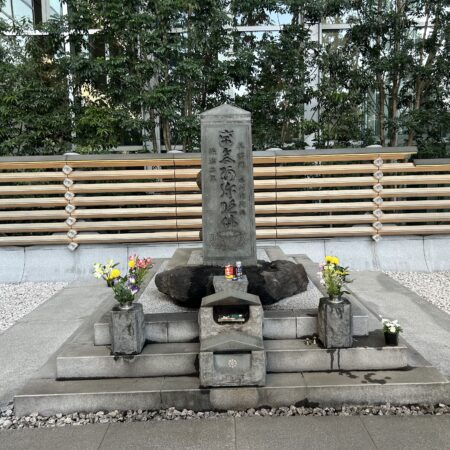
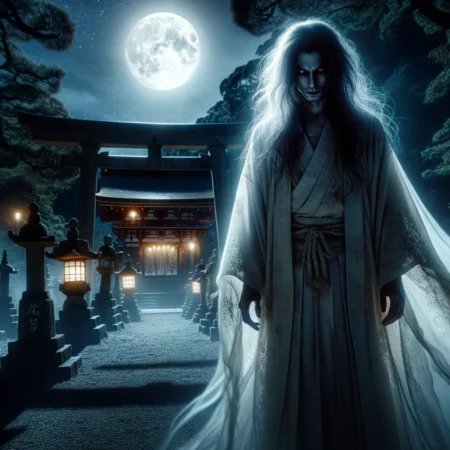


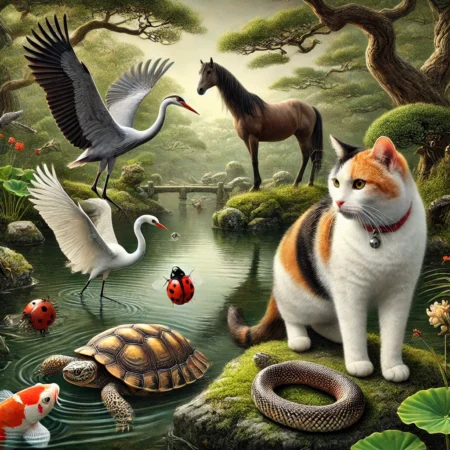
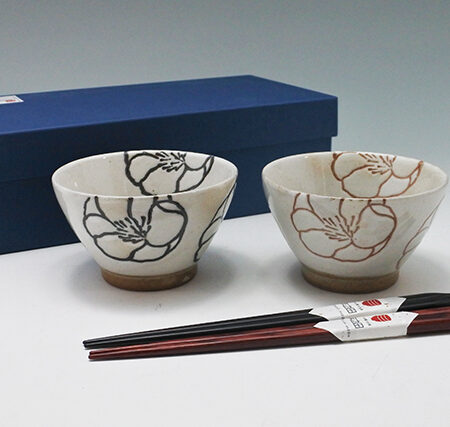
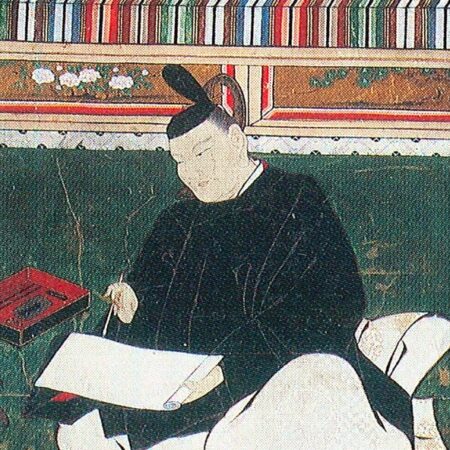
コメント